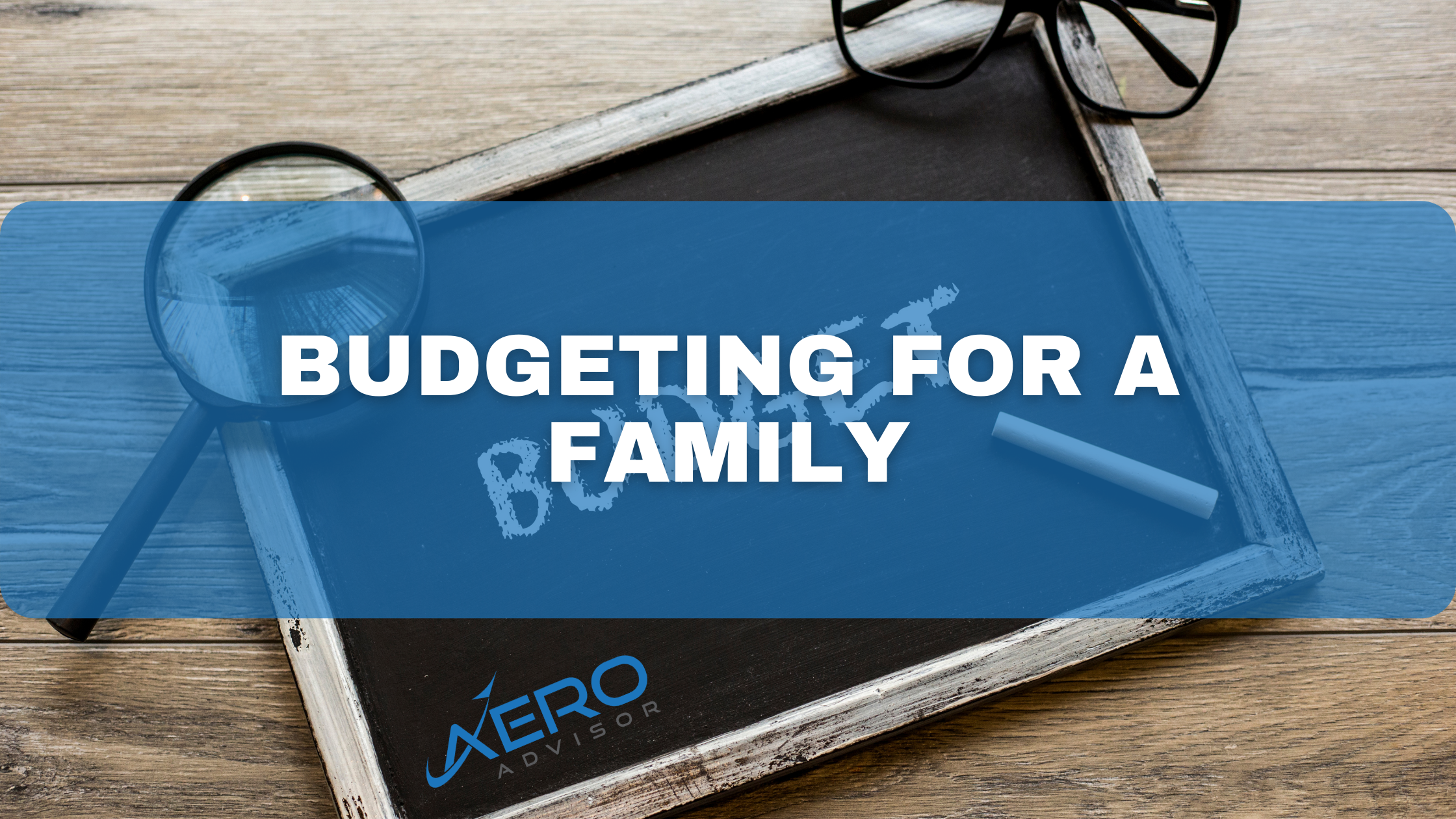If you’re expecting your first child, establishing a budget that includes your growing list of expenses is important for helping you manage your finances. Starting a family is one of life’s most rewarding experiences. However, it will also profoundly impact your financial picture, with a list of expenses that grows by the year. (One estimate pegs the total expenses for a child’s first 18 years at $233,610.)[1] As you begin planning for your first child, consider these key areas and their associated expenses.
Healthcare
One of the first steps you are likely to take prior to welcoming your child is to modify your healthcare plan to make sure that you baby is covered. You can choose a managed care plan, such as a health maintenance organization (HMO), which offers lower up-front costs than a preferred provider organization (PPO) plan, though which may require you to pay at least 20 percent of care costs. However, a PPO plan may provide you with more options as to which providers you can see and whether you need a referral to see a specialist.
Deductibles, coinsurance amounts, copayments and monthly premiums vary greatly; review the options available to you carefully before making your selection. For those expenses not covered by health insurance, consider a medical reimbursement account (MRA) or health savings account (HSA), if available from your employer. These can pay for items such as deductibles, copayments, and orthodontics.
Childcare
You may be eligible to receive tax benefits as a parent, with the Child Tax Credit providing a credit of up to $2,000 per child under age 17 (as of 2020).[1] Part of the credit is refundable, which means that you could receive a tax refund (up to $1,400 per qualifying child) even if you don’t owe any tax. To qualify, your child must have a Social Security number before you file your tax return. Note that the credit is reduced for married taxpayers filing jointly if their adjusted gross income (AGI) exceeds $400,000, and for other taxpayers if their AGI exceeds $200,000.
Insurance
As you enter parenthood, consider the value of purchasing disability insurance or life insurance. A financial professional may be able to provide guidance as to the recommended amounts of coverage for each. Some general guidelines include a disability policy that covers at least 60 percent of your income and a life insurance policy that equals 5 to 10 times your family’s annual income. Check to see if your employer offers these policies, they are often less expensive than those that you purchase independently.
Estate Planning
Consider drawing up a will that designates a legal guardian for your child, in the event that you and your spouse die together (or if you are a single parent, if you should die). Without a will, if you and your spouse die together, a court will decide whom to appoint as your child’s guardian. The will should apply to your future children, too. By carefully budgeting for your baby, you can help secure the financial futures of both you and your child.
This material is for general information only and is not intended to provide specific advice or recommendations for any individual. There is no assurance that the views or strategies discussed are suitable for all investors or will yield positive outcomes. Investing involves risks including possible loss of principal.
LPL Tracking # 1-05125165
This material was prepared by LPL Financial, LLC.
[1] https://www.usda.gov/media/blog/2017/01/13/cost-raising-child.
[1] https://www.irs.gov/newsroom/child-tax-credit-by-the-numbers.






